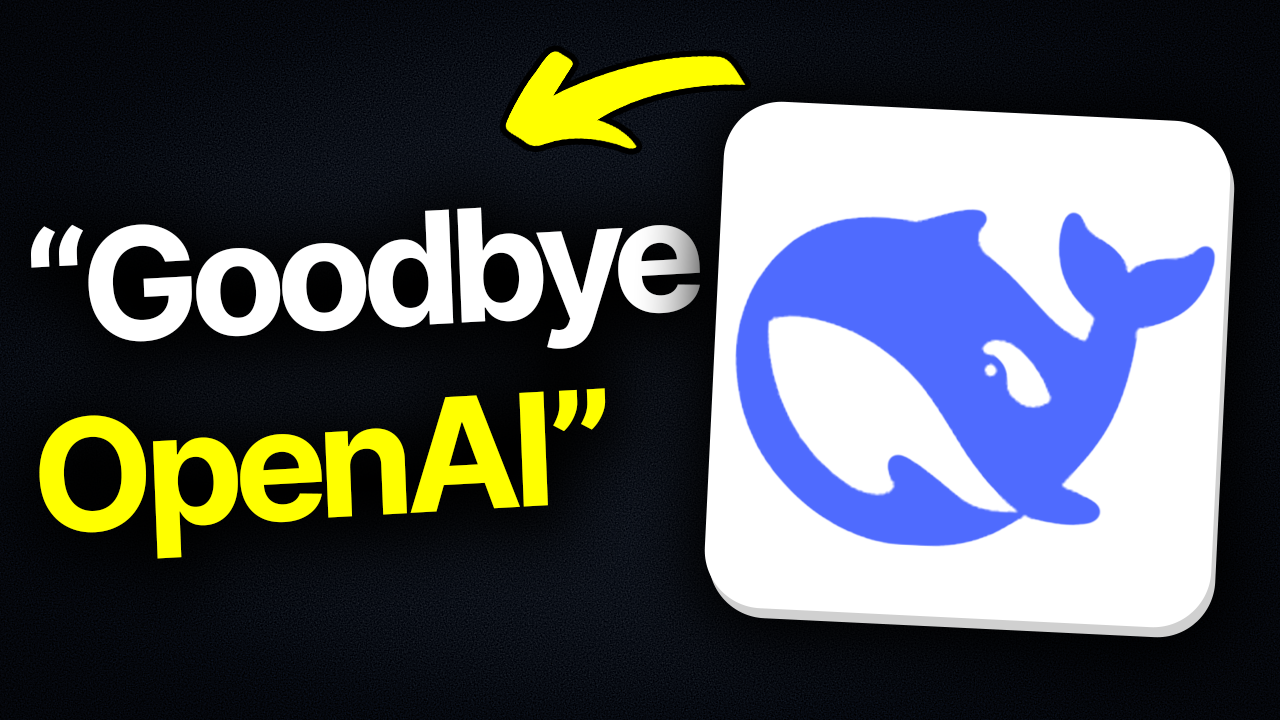
Inclusion of thinking "chains of idea" (CoT) in the model output significantly enhances its quality, but it increases reasoning expense.
- Distillation transfers thinking understanding from a pricey teacher design to a more cost-efficient trainee, reducing general reasoning cost.
- DeepSeek R1 can produce detailed CoT, making it an outstanding teacher design.
- Synthetic information created by DeepSeek R1 might surpass information produced by human specialists.
Introduction
The recent release of DeepSeek R1 has taken the AI community by storm, using efficiency on par with leading frontier models-such as OpenAI's o1-at a fraction of the cost. Still, R1 can be expensive for use cases with high traffic or low latency requirements.
DeepSeek R1's strength lies in its explicit detailed reasoning. Before producing a last answer, parentingliteracy.com it develops an internal "chain of idea" (CoT) to methodically reason through each problem. This procedure is a type of test-time calculation, permitting the model to dynamically allocate more calculate to complicated issues. However, these extended thinking sequences usually increase reasoning cost.
Distillation
Distillation is an approach for moving understanding from a large, more powerful instructor model to a smaller sized, more cost-effective trainee design. According to the DeepSeek R1 paper, R1 is highly effective in this instructor function. Its detailed CoT sequences direct the trainee model to break down intricate tasks into smaller, more workable actions.
Comparing Distillation to Human-Labeled Data
Although fine-tuning with human-labeled data can produce specialized models, gathering both final responses and their matching thinking steps is pricey. Distillation scales more quickly: bbarlock.com rather than counting on human annotations, the teacher design automatically generates the training data for the trainee.
A Side Note on Terminology
The term "distillation" can refer to different approaches:
Distribution Distillation Aligns the trainee design's output token circulation with the teacher's utilizing Kullback-Leibler divergence (KL-divergence).
Works best when both designs share the very same architecture, tokenizer, and pre-training data.
Data Distillation Uses the teacher design to produce completions for a set of prompts.
Fine-tunes the trainee model using a basic cross-entropy loss on these produced outputs, avoiding the KL-divergence term.
Allows the teacher and trainee to be various model families and tokenizers (though if the teacher uses specialized tokens like __, library.kemu.ac.ke it can be useful for both designs to recognize them).
In this post, we focus on the information distillation since it supports a larger range of student-teacher pairs.
Data Generation
Training information is often a bottleneck in design advancement. In a recent post (add link), we explored how to generate labels by integrating model output with a verification function. Distillation takes a different technique, using an instructor model to synthesize missing out on conclusions.
DeepSeek R1 stands apart due to the fact that it not just supplies last responses but also reveals its detailed chain of thought-unlike other thinking models that keep this internal procedure hidden. If your dataset consists of ground truth responses, you can identify high-quality synthetic CoTs through rejection sampling, picking just the very best chains to more improve your fine-tuned design. Rejection sampling can get rid of inaccurate data examples either by comparing the produced information against ground fact labels or by applying a user-defined recognition function. From the user interface viewpoint, the recognition function looks like the verifiable benefit function utilized by value-model-free RL methods like these explained in our current article.
Case Study: GSM8K
GSM8K (Elementary School Math 8K) is a dataset of 8.5 K diverse grade-school mathematics word problems. Each information point includes:
1. An issue description.
2. A human professional's chain of thought.
3. The final response.
We broadened this dataset by including:
Synthetic R1 reasoning, i.e., the CoT produced by DeepSeek R1.
Then, we fine-tuned 3 versions of the design (using LoRA on llama-3.1 -8 B-instruct), each with different training targets:
Direct Answer Only: Generate the final answer without revealing thinking.
Human Expert CoT: Generate the final answer alongside a thinking chain looking like the human expert's.
Synthetic R1 CoT: Generate the last response together with DeepSeek R1's artificial thinking chain.
The table below summarizes typical accuracy and reasoning length:
- Note: The accuracy for the 5-shot baseline might vary from numbers reported somewhere else due to various assessment setups. The essential focus is on comparing relative efficiency throughout distillation techniques, not on beating other models.
From this research study, synthetic thinking CoTs from DeepSeek R1 appear superior to human-expert CoTs in improving efficiency, albeit with a greater reasoning cost due to their longer length.
Fireworks AI Inference and Fine-Tuning Platform
DeepSeek R1 is available on the Fireworks AI platform. An user-friendly distillation interface will soon become part of FireOptimizer. If you require earlier gain access to, please contact us to check out choices.

Conclusions
By integrating reasoning-based data through distillation, organizations can significantly improve design performance without bearing the full concern of human-annotated datasets. DeepSeek R1's capability to produce long, high-quality reasoning chains makes it an effective teacher model-showing that, sometimes, wiki.rrtn.org the maker may simply out-teach the human.







